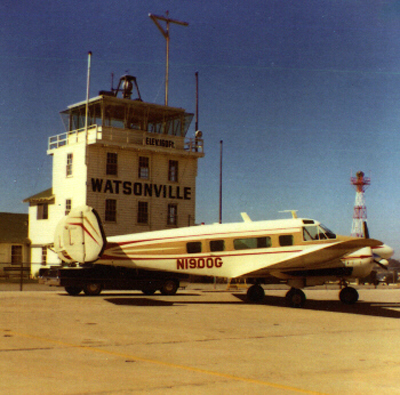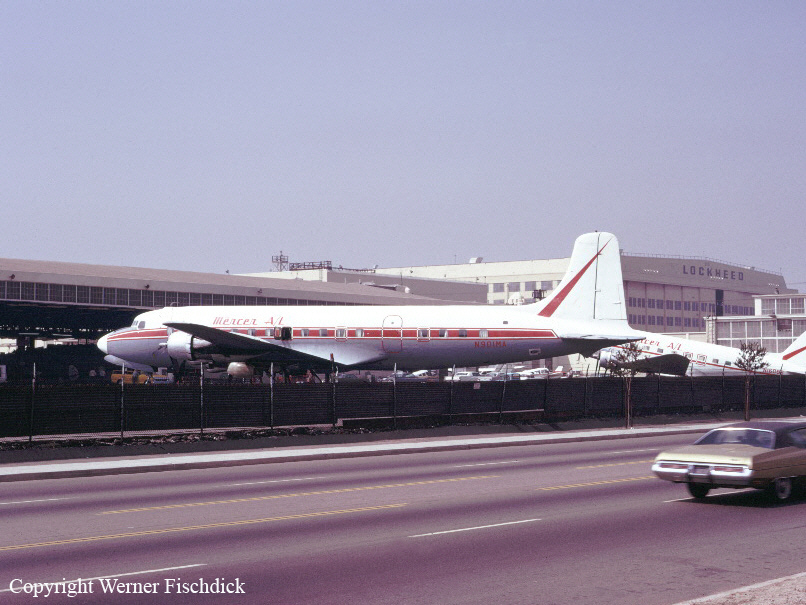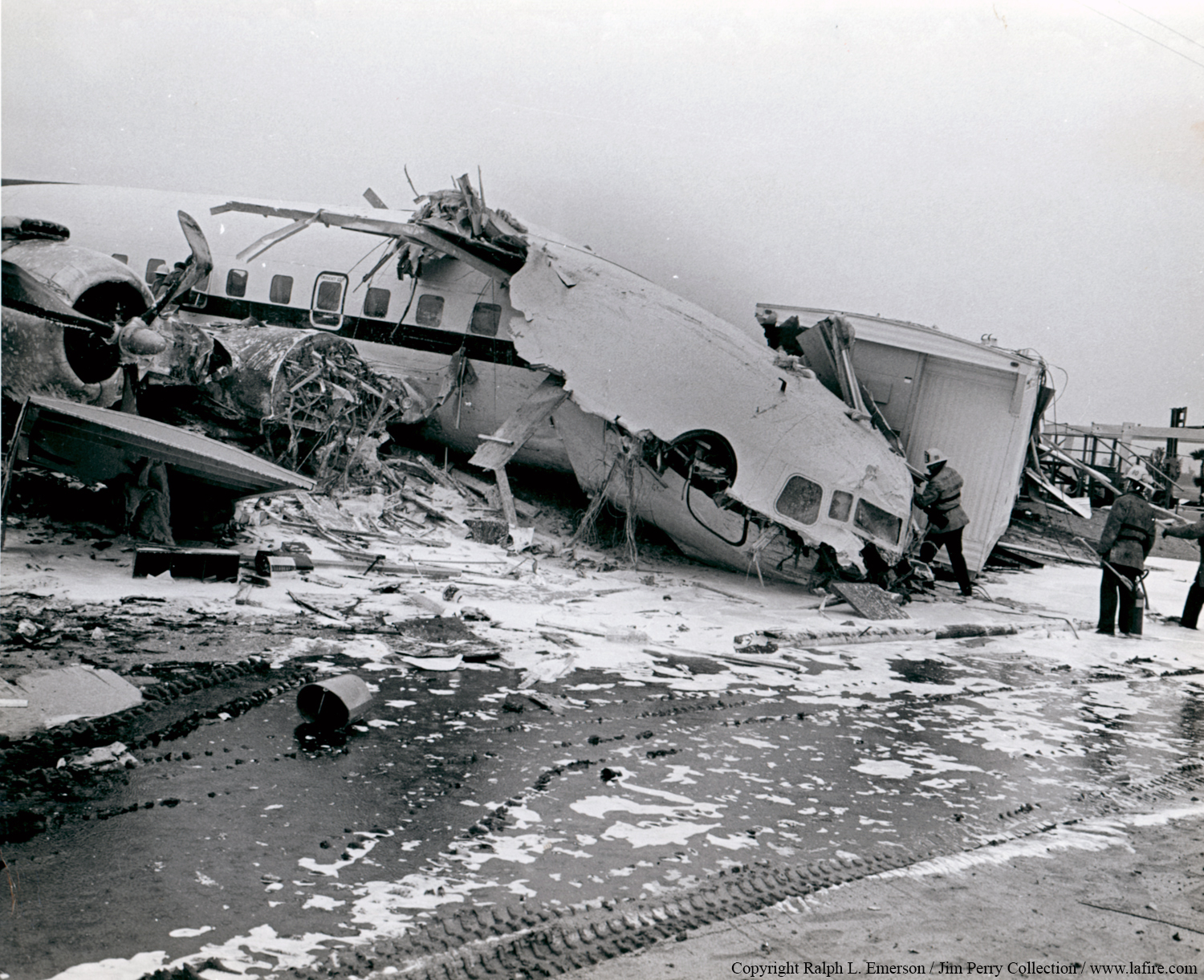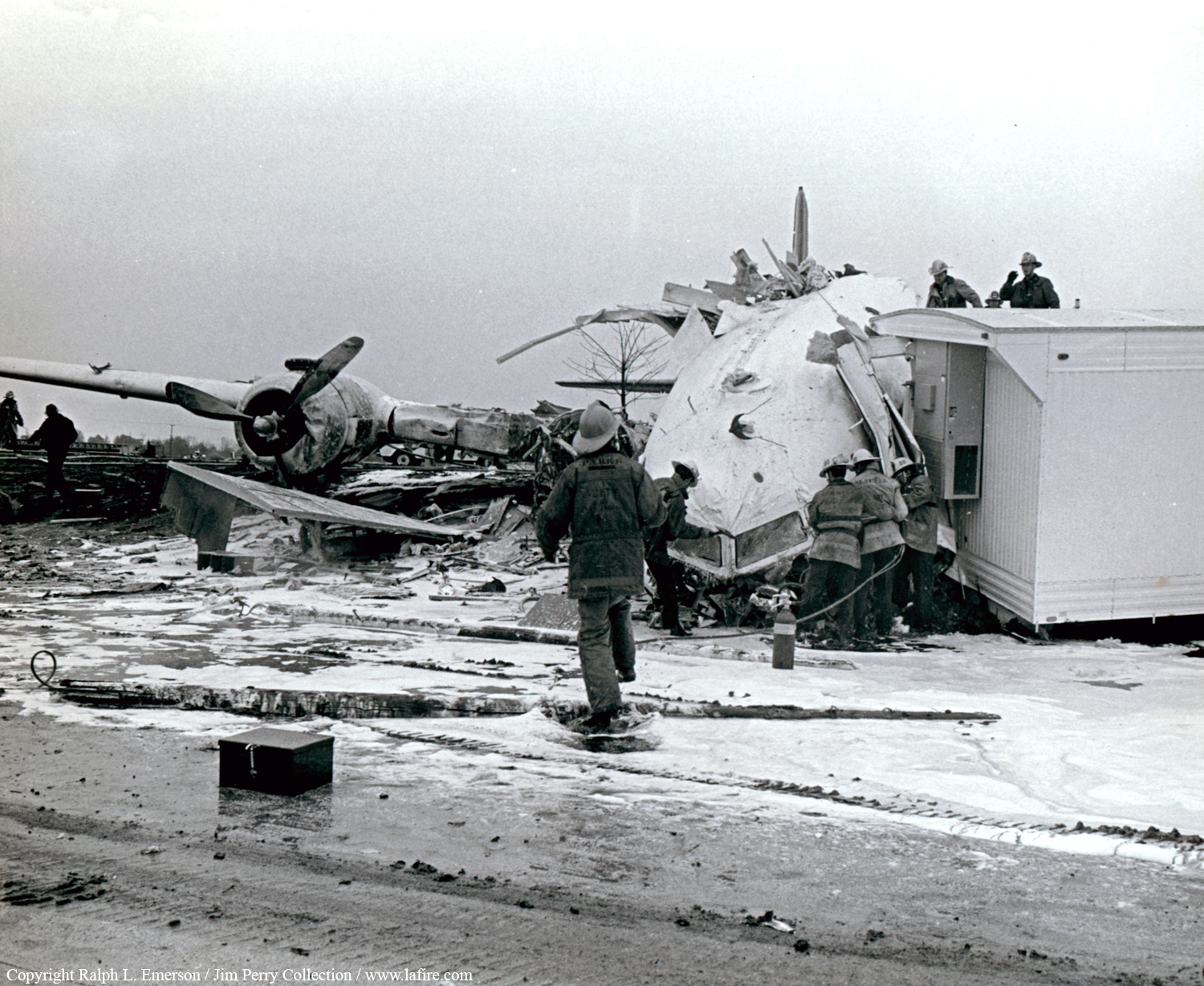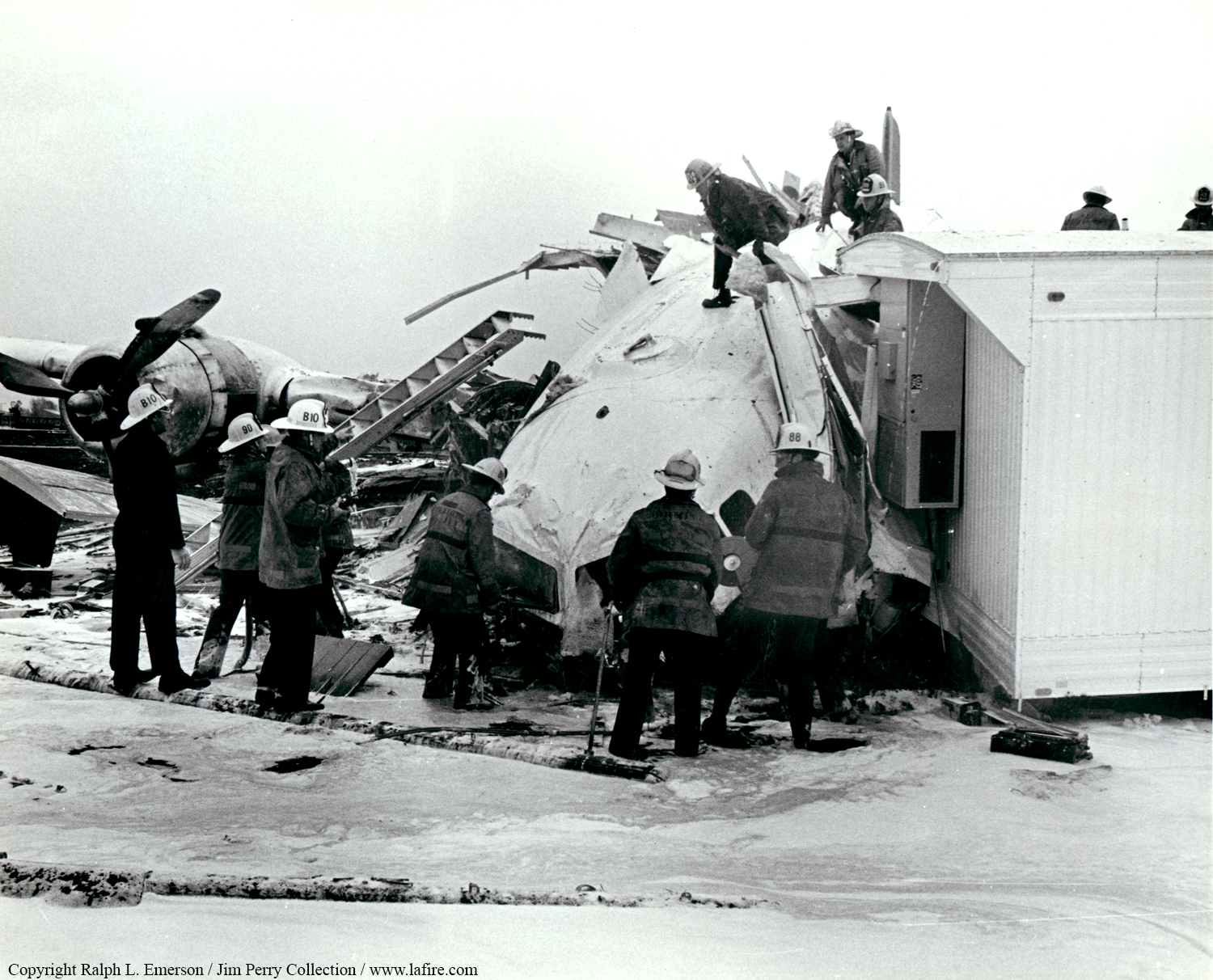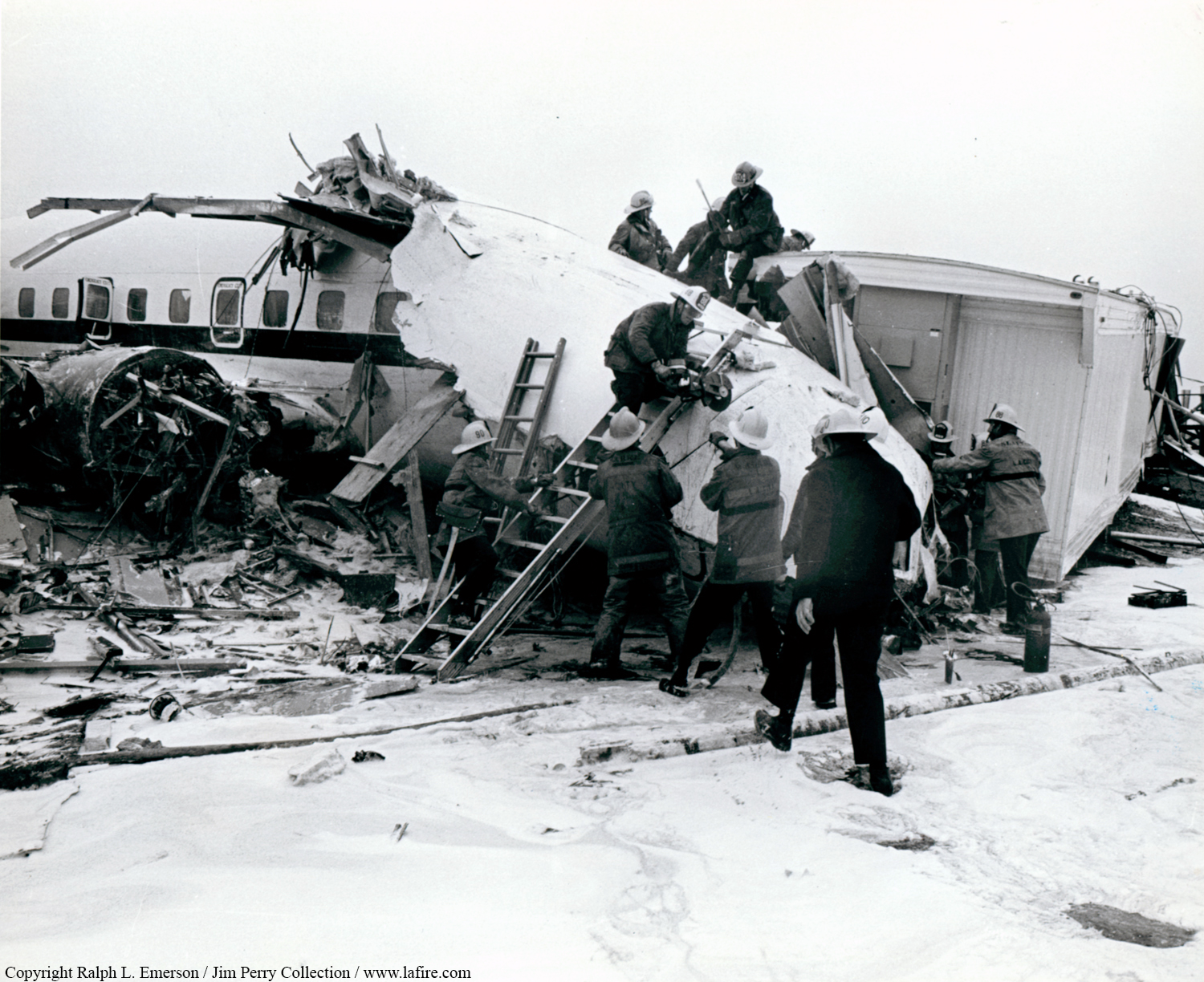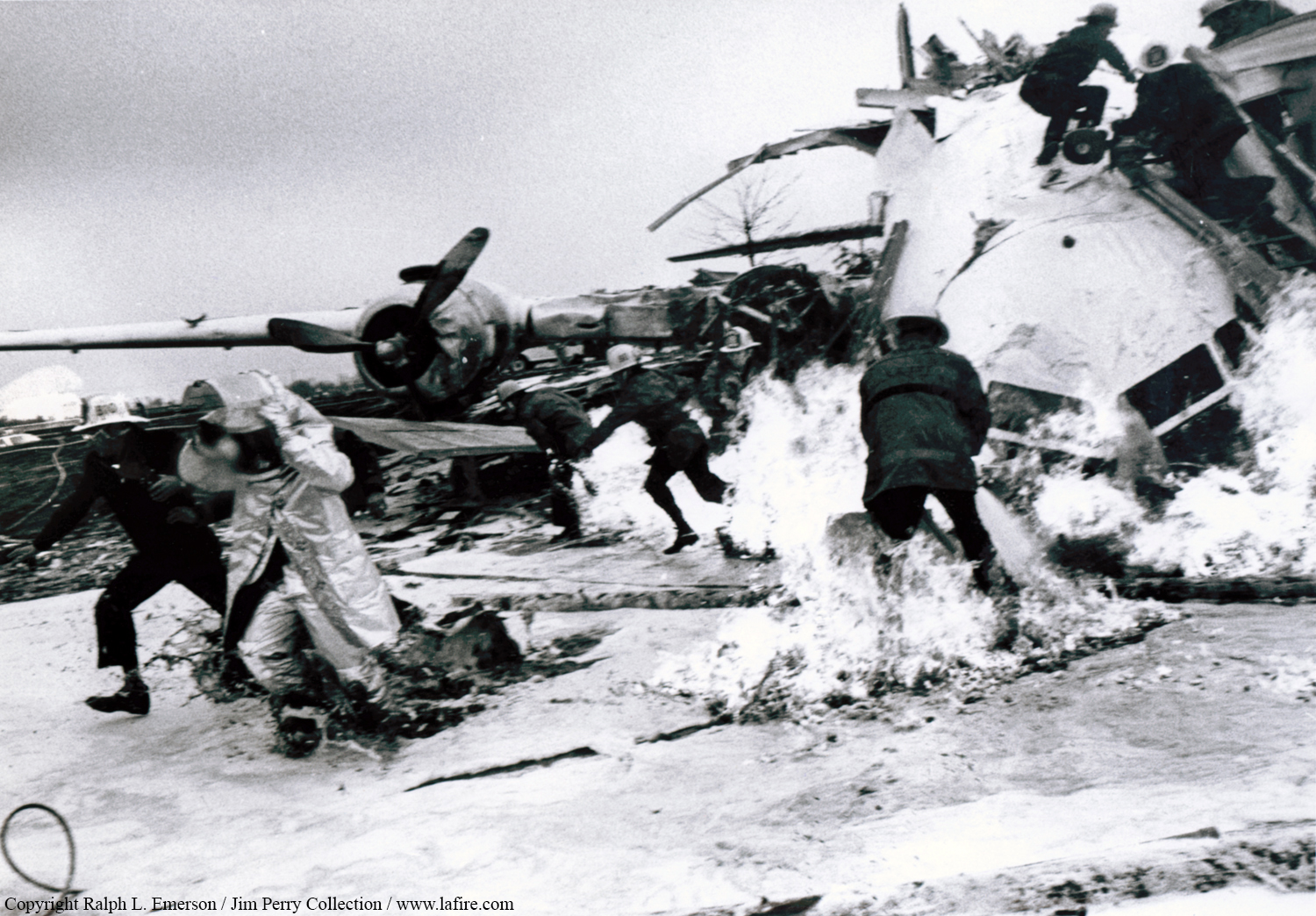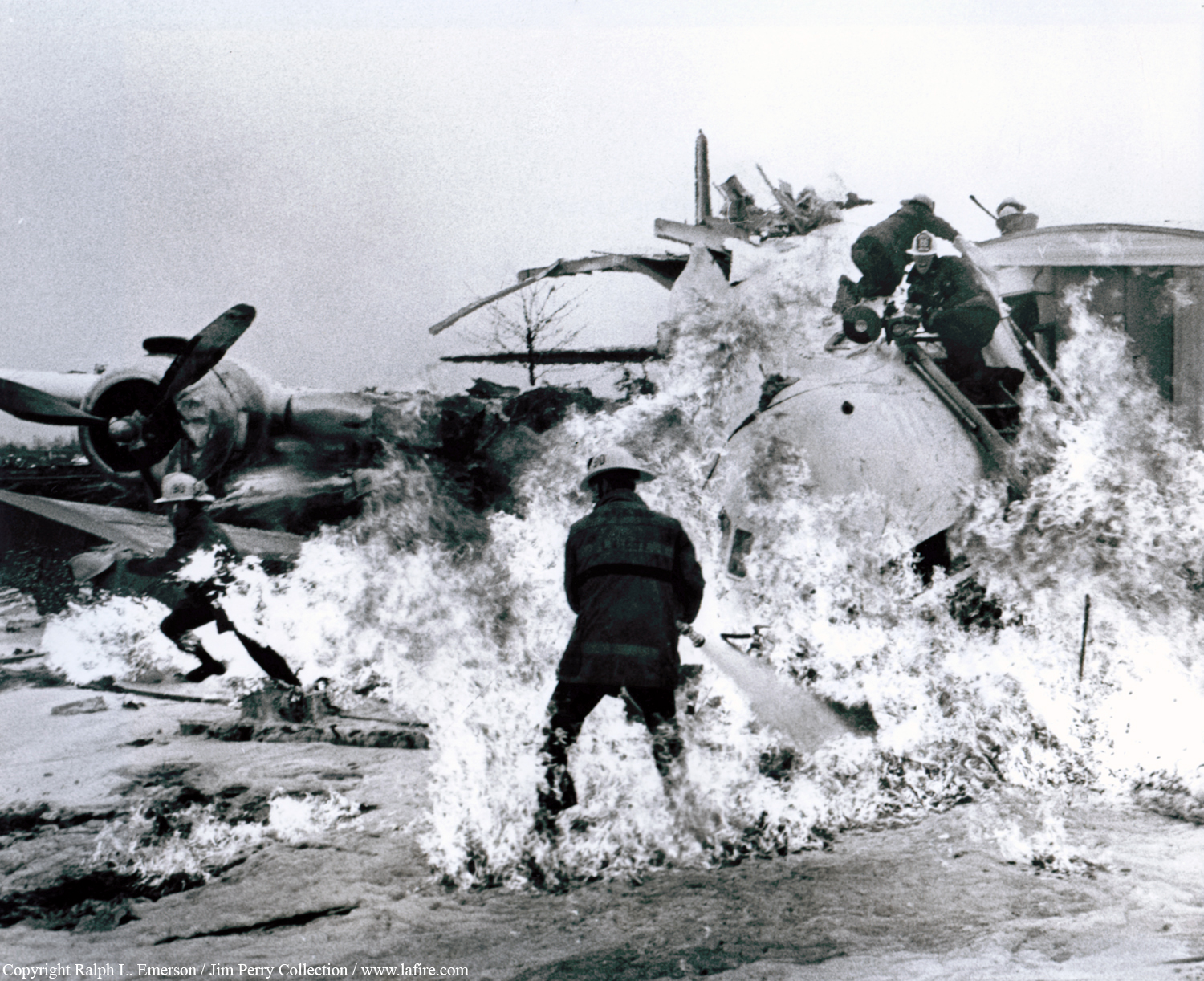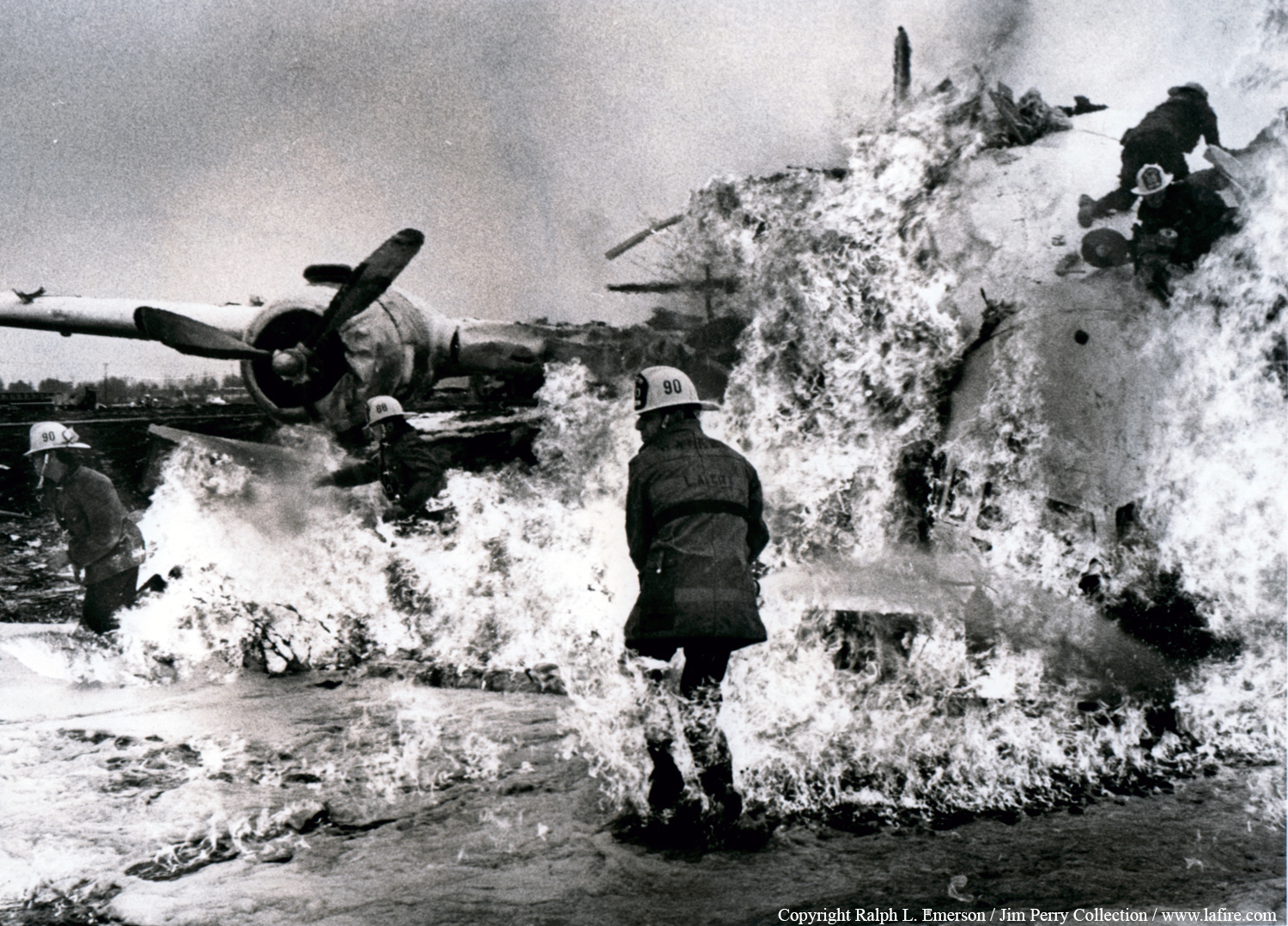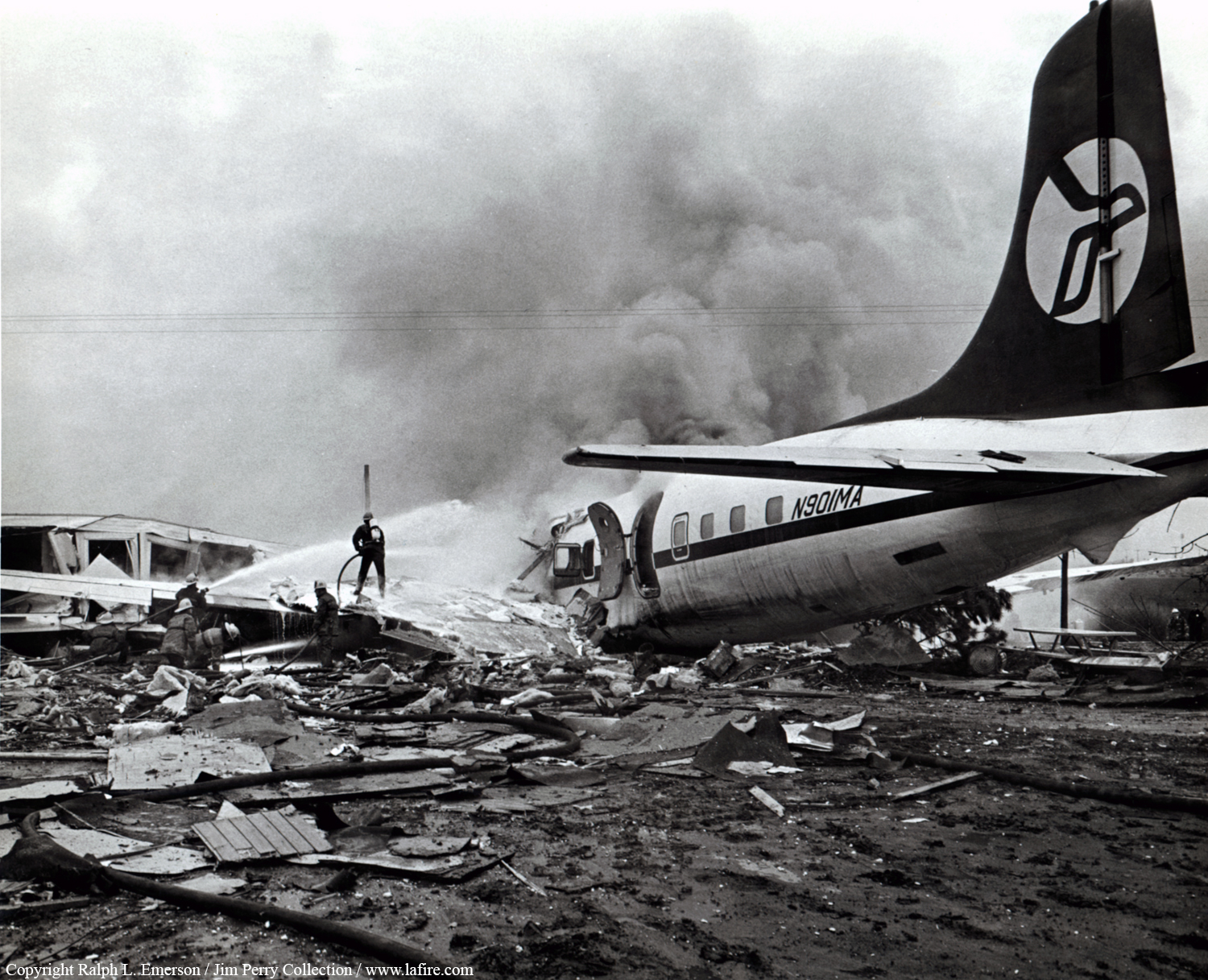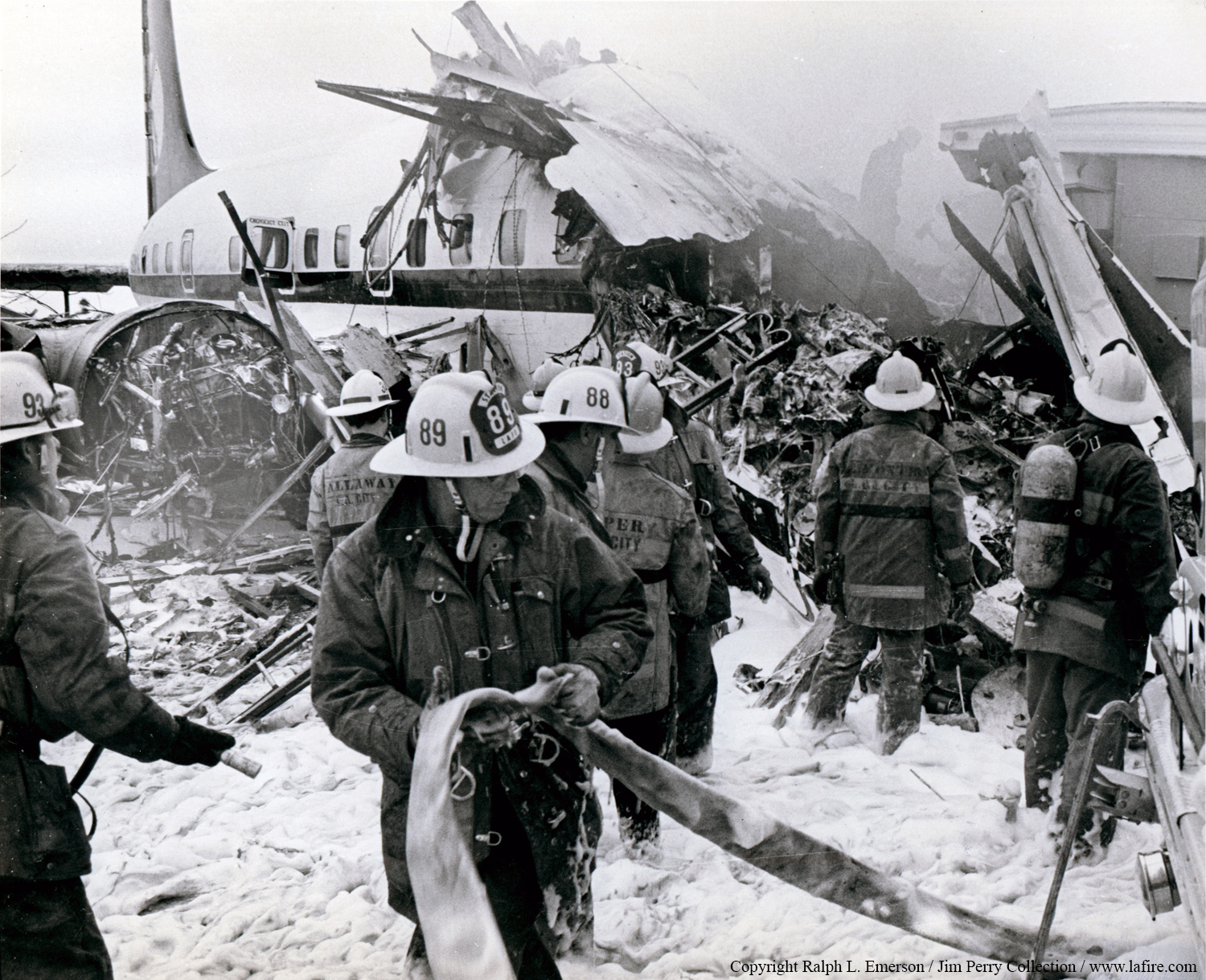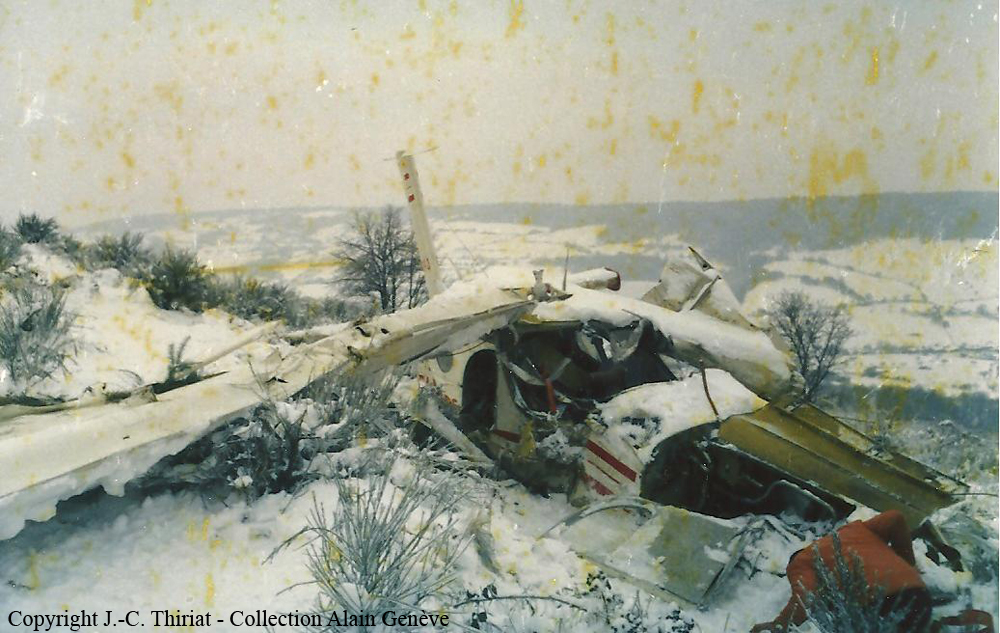Crash of a PZL-Mielec AN-2 in Degtyarnovo: 4 killed
Date & Time:
Jul 28, 1976 at 1748 LT
Registration:
CCCP-35088
Survivors:
No
Schedule:
Sokolsky - Ivanovo
MSN:
1G112-04
YOM:
1969
Crew on board:
3
Crew fatalities:
Pax on board:
1
Pax fatalities:
Other fatalities:
Total fatalities:
4
Aircraft flight hours:
4695
Aircraft flight cycles:
14777
Circumstances:
During the day, the crew completed crop spraying missions for the sovkhoz of 'Garsky' located in the region of Sokolsky. At 1713LT, the airplane departed Sokolsky on a ferry flight to Ivanovo with three crew members and one unauthorized passenger on board. While cruising at a relative low altitude, the single engine airplane went out of control and crashed in flames in a wooded area located 2 km northwest of Degtyarnovo. The burnt wreckage was found in the evening and all four occupants have been killed.
Probable cause:
It was determined that all four occupants (both pilots, the mechanic and the passenger) were intoxicated at the time of the accident. The crew decided to embark a passenger at Sokolsky without prior permission and all of them consumed alcohol during all day and prior to departure. A lack of discipline, a high alcohol level in blood and a total distraction caused the pilot to lose control of the aircraft. The alcohol level was 5,4‰ by the captain, 2‰ by the copilot, 4,4‰ by the mechanic and 2,5‰ by the passenger.


